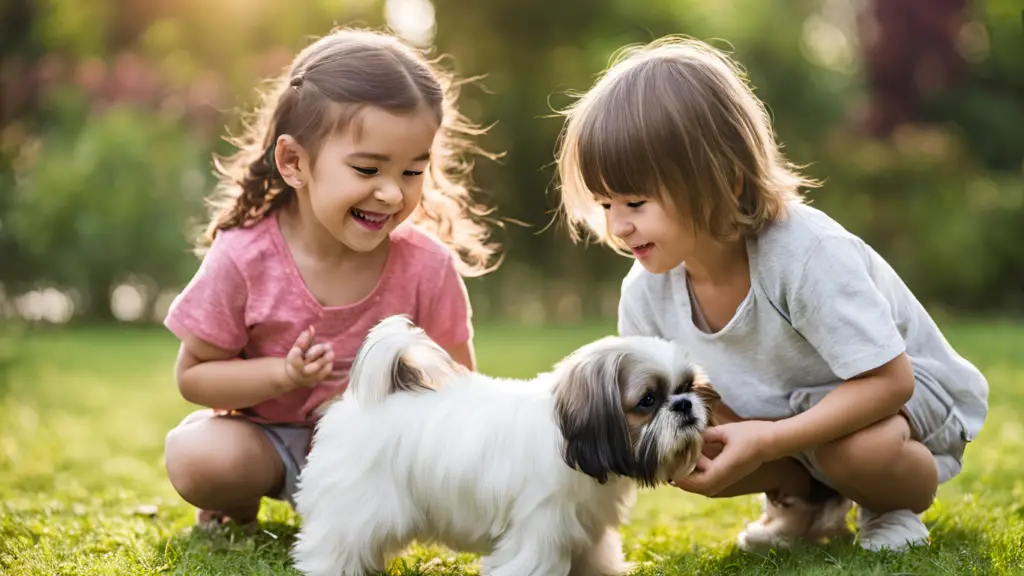
The Shih Tzu is a breed known for its affectionate nature and charming appearance. When introducing a Shih Tzu into a household with children, fostering a harmonious relationship between your dog and your kids is essential for ensuring a peaceful and joyful environment. This comprehensive guide will delve into effective strategies for creating a positive relationship between your Shih Tzu and your children. By understanding the unique needs of both your dog and your kids, you can promote a harmonious living situation that benefits everyone.
Understanding the Shih Tzu’s Temperament
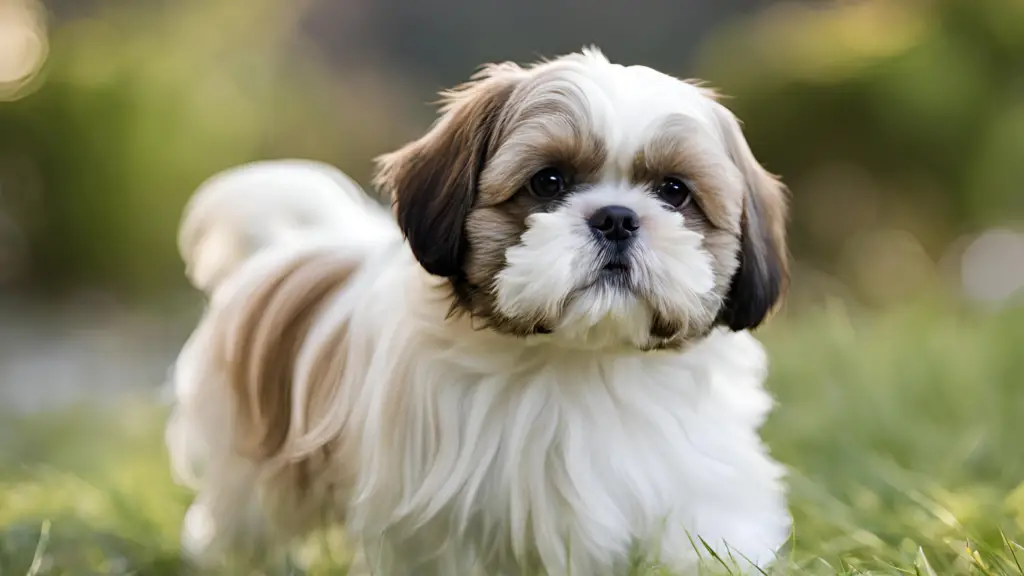
The Shih Tzu’s Friendly and Gentle Nature
The Shih Tzu is renowned for its friendly and gentle demeanor, making it an excellent companion for families with children. Known for their playfulness and affectionate nature, Shih Tzus thrive on attention and enjoy being part of family activities. They are generally good-natured and adaptable, which contributes to their suitability as family pets. Understanding these traits is crucial for ensuring that interactions between your Shih Tzu and children are positive and engaging. Their small size and calm temperament also make them manageable and approachable for kids. However, it is important to remember that each Shih Tzu is an individual, and their reactions to children may vary. Proper introduction and socialization are key to fostering a strong bond.
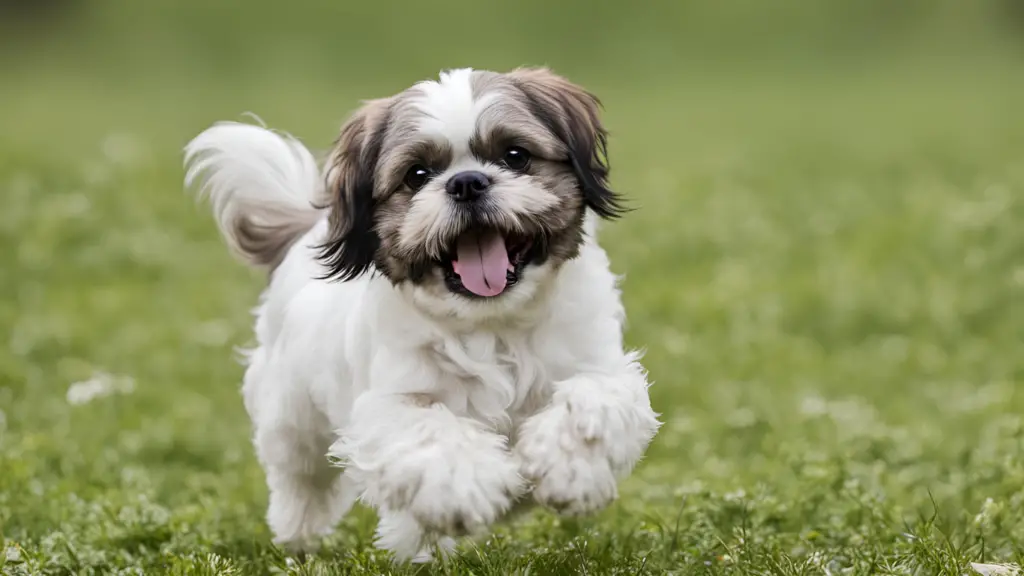
Key Traits to Consider
When introducing a Shih Tzu to children, it is essential to recognize their affectionate and sociable nature. Shih Tzus are often described as lap dogs who enjoy cuddling and being close to their owners. Their gentle disposition allows them to tolerate a variety of interactions, from being petted to participating in family games. However, their small size and delicate build mean that they may not always react well to rough handling. Understanding their body language and signals is crucial for ensuring that interactions are respectful and comfortable for both the dog and the children. Proper training and supervision are essential for maintaining a safe and happy environment for everyone.
Introducing Your Shih Tzu to Children
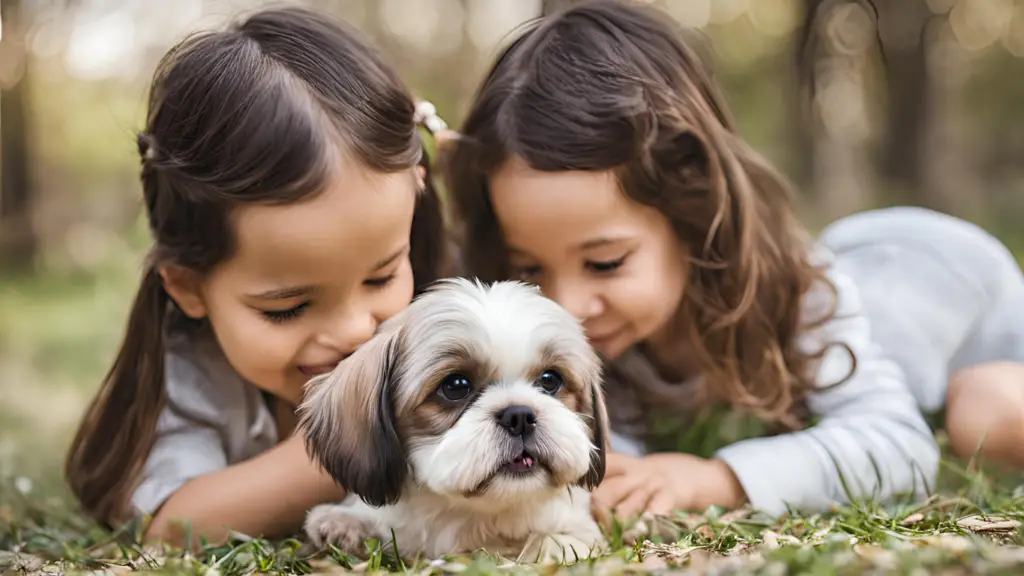
Steps for a Smooth Introduction
Introducing your Shih Tzu to children requires careful planning and consideration. Begin by allowing your Shih Tzu to explore the new environment gradually, providing plenty of positive reinforcement and encouragement. When introducing your dog to children, ensure that the initial meetings are calm and supervised. Allow your Shih Tzu to approach the children at their own pace, and encourage gentle interactions. Teach your children the importance of gentle handling and respectful behavior towards the dog. Use positive reinforcement to reward both your Shih Tzu and the children for appropriate interactions. Gradually increase the length and complexity of interactions as your Shih Tzu becomes more comfortable. Consistent supervision and guidance are essential to prevent any negative experiences.

Tips for a Positive First Meeting
Creating a positive first meeting between your Shih Tzu and children involves several key strategies. Begin by having the children sit calmly and allowing the dog to approach them on its own terms. Encourage the children to use a soft voice and gentle touch, avoiding sudden movements that could startle the dog. Provide treats and praise to both the dog and the children to reinforce good behavior. Monitor the interactions closely, stepping in if either party appears stressed or uncomfortable. Gradually introduce more interactive activities, such as playing with toys or engaging in gentle games, to build trust and rapport. Patience and consistency are key to ensuring a successful introduction. Over time, your Shih Tzu and children will develop a strong bond based on mutual respect and understanding.
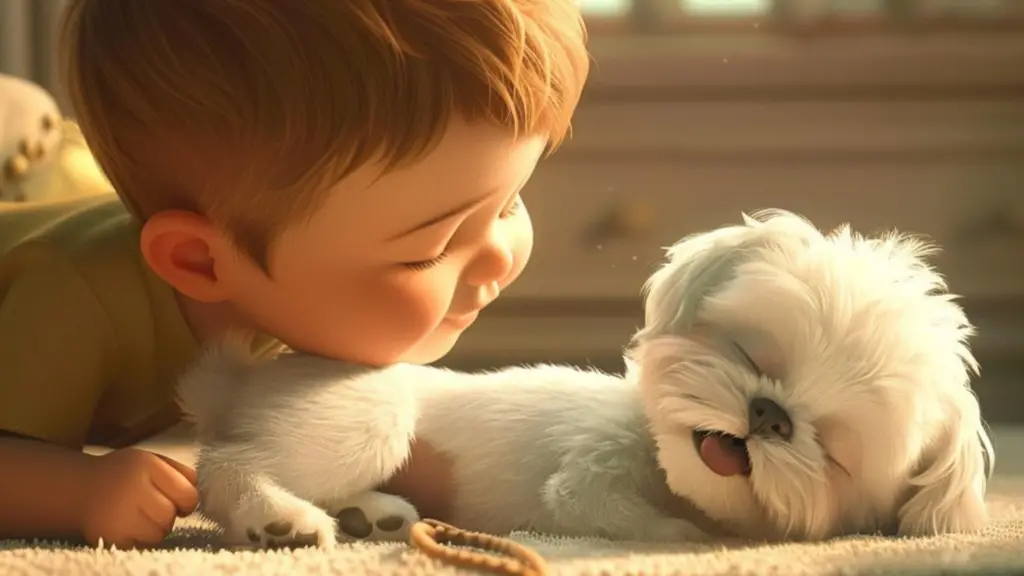
Training Your Shih Tzu for Positive Interactions
Essential Commands and Training Techniques
Training your Shih Tzu to interact positively with children involves teaching essential commands and using effective training techniques. Start with basic commands such as sit, stay, and come to establish a foundation for good behavior. Use positive reinforcement methods, including treats and praise, to reward your Shih Tzu for following commands and displaying appropriate behavior. Gradually introduce training exercises that involve the children, such as teaching the dog to gently accept petting and stay calm during playtime. Consistent training and reinforcement help ensure that your Shih Tzu responds appropriately to various situations. Address any behavioral issues promptly to prevent the development of negative habits. Ongoing training and reinforcement contribute to a harmonious relationship between your Shih Tzu and children.

Addressing Behavioral Issues
Addressing behavioral issues promptly is essential for maintaining positive interactions between your Shih Tzu and children. Common issues include fearfulness, nervousness, or aggression towards children. Identify the triggers for these behaviors and work on desensitizing your Shih Tzu through gradual exposure and positive reinforcement. If your Shih Tzu exhibits signs of fear or stress, provide a safe space where they can retreat and recover. Seek the help of a professional dog trainer or behaviorist if necessary to address more severe behavioral concerns. Consistent training and patience are key to resolving these issues and ensuring a positive relationship between your Shih Tzu and children. Monitoring and adjusting your approach based on your Shih Tzu’s progress can lead to successful outcomes.
Ensuring Safety for Both Your Shih Tzu and Children
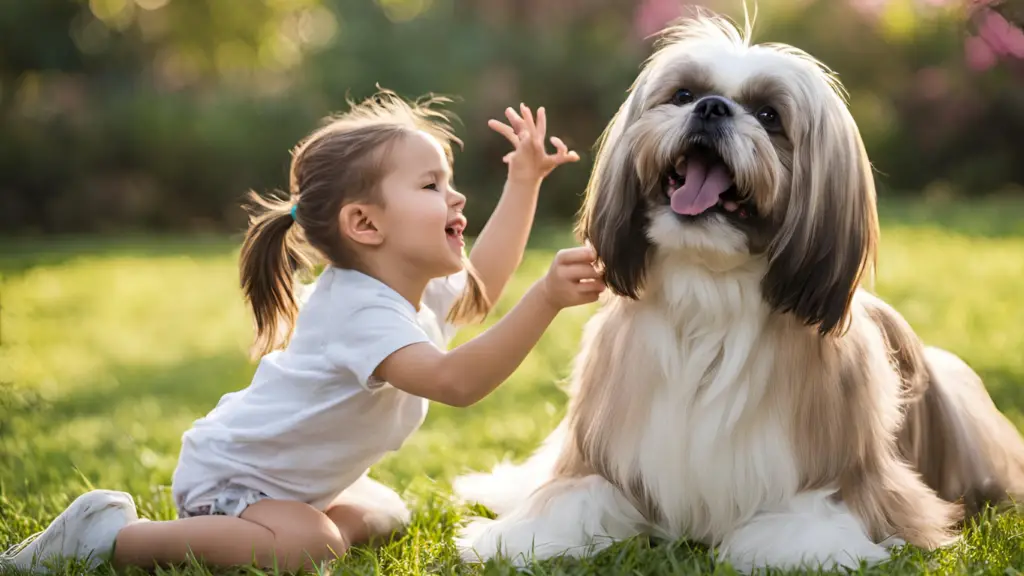
Creating a Safe Environment
Ensuring the safety of both your Shih Tzu and children involves creating a secure environment that minimizes risks and promotes positive interactions. Provide a designated safe space for your Shih Tzu where they can retreat if they feel overwhelmed or need some quiet time. Ensure that your home is child-proofed, removing any items or hazards that could pose a danger to either the dog or the children. Establish clear rules for both your Shih Tzu and children regarding interactions, such as avoiding rough play and respecting the dog’s personal space. Supervise interactions between your Shih Tzu and children to prevent any accidents or misunderstandings. Teaching children how to properly interact with the dog, including using gentle hands and avoiding sudden movements, is crucial for maintaining safety. Regularly review and update safety measures to ensure a harmonious living environment.

Supervision and Interaction Guidelines
Supervision is crucial for ensuring safe and positive interactions between your Shih Tzu and children. Always supervise playtime and interactions to prevent any accidental injuries or misunderstandings. Teach your children to approach the dog calmly and gently, avoiding any behaviors that could be perceived as threatening or intrusive. Encourage children to use positive reinforcement techniques, such as offering treats or praise, to reward good behavior in the dog. Establish clear guidelines for how the dog should be handled and ensure that all family members adhere to these rules. Regularly communicate with your children about the importance of respectful and gentle interactions with the dog. By maintaining consistent supervision and guidelines, you can foster a safe and enjoyable environment for both your Shih Tzu and children.
Engaging Activities for Shih Tzus and Kids
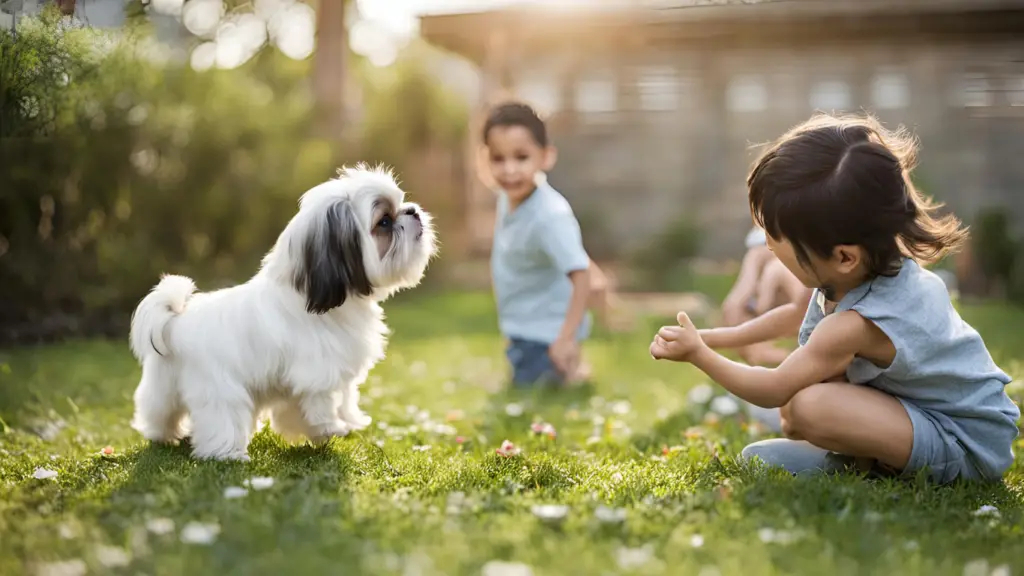
Fun and Safe Activities for Bonding
Engaging activities provide opportunities for your Shih Tzu and children to bond and build a positive relationship. Interactive games, such as fetch or hide-and-seek, can be enjoyable for both your dog and your kids. Incorporate training sessions into playtime to reinforce positive behavior and strengthen the bond between your Shih Tzu and children. Creative activities, such as DIY toys or dog-friendly crafts, can also be fun and engaging. Ensure that all activities are safe and appropriate for your Shih Tzu’s age and health. Monitor the interactions closely to prevent any accidents or overexertion. By providing a variety of engaging activities, you can enhance the relationship between your Shih Tzu and children, fostering a positive and enjoyable environment. Regularly introducing new activities can keep the bond strong and promote ongoing interaction.
Balancing Playtime and Rest

Balancing playtime and rest is essential for maintaining a healthy and enjoyable relationship between your Shih Tzu and children. Ensure that your Shih Tzu has ample time for rest and relaxation, especially after active play sessions. Provide a comfortable resting area where your dog can retreat when needed. Teach your children the importance of allowing the dog to rest and not to disturb them when they are relaxing. Incorporate structured playtime into your daily routine, balancing active play with periods of calm and rest. Regular breaks and a predictable routine help ensure that your Shih Tzu remains happy and healthy while interacting with the children. By maintaining a balance between activity and rest, you can support the well-being of both your Shih Tzu and children.
Managing Special Needs and Health Concerns

Addressing Health and Behavioral Needs
Managing your Shih Tzu’s health and behavioral needs is crucial for maintaining a harmonious relationship with children. Be aware of any special needs your Shih Tzu may have, such as dietary restrictions or medical conditions, and ensure that these needs are met. Communicate any specific requirements to your children and explain the importance of accommodating these needs. Address any behavioral issues or health concerns promptly, seeking professional help if necessary. Regular veterinary check-ups and maintaining a healthy lifestyle are essential for preventing and managing health issues. Provide a supportive and understanding environment for your Shih Tzu, especially if they have special needs or are undergoing treatment. By addressing these concerns effectively, you can ensure a positive and comfortable environment for both your Shih Tzu and children.
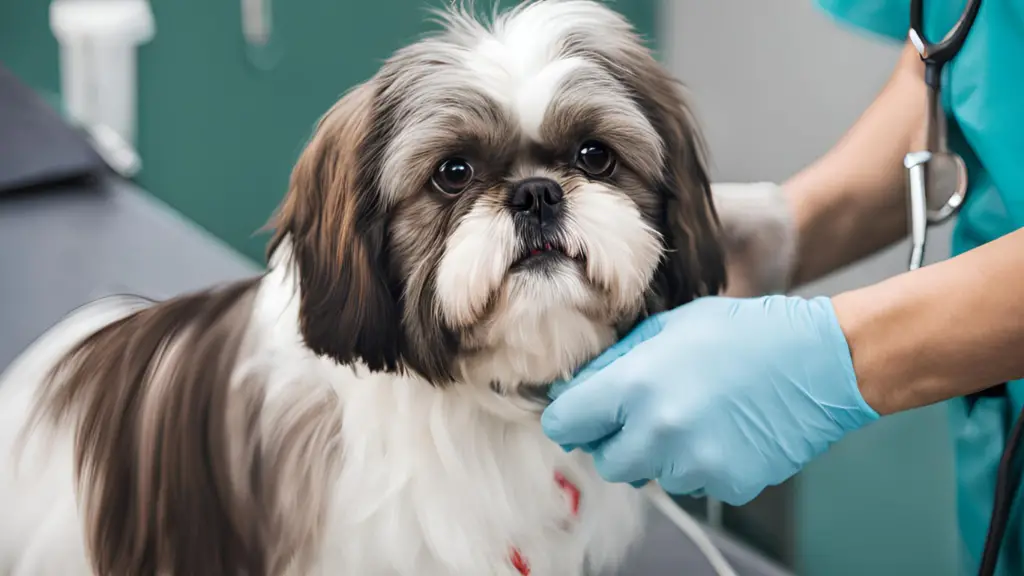
Adapting to Changes in Health
As your Shih Tzu ages or experiences changes in health, it is important to adapt your approach to their care and interactions with children. Monitor your dog’s health closely and adjust their diet, exercise, and care routines as needed. Educate your children about any changes in your Shih Tzu’s health and explain how these changes may affect their behavior or activity levels. Provide additional support and comfort to your Shih Tzu during times of illness or recovery, and involve your children in providing care if appropriate. Maintaining open communication with your veterinarian and making necessary adjustments to your Shih Tzu’s care plan will help ensure their well-being. By adapting to changes in health, you can continue to foster a positive relationship between your Shih Tzu and children.

Conclusion
Creating a harmonious relationship between your Shih Tzu and children involves understanding the breed’s temperament, introducing them to each other with care, and implementing effective training and safety measures. By recognizing the Shih Tzu’s affectionate nature and addressing their needs, you can foster a positive and enjoyable environment for both your dog and your children. Implementing training techniques, engaging in safe and fun activities, and managing health and behavioral concerns will contribute to a successful and rewarding relationship. Consistent supervision, patience, and open communication are key to ensuring a happy and harmonious living situation. By prioritizing the well-being of both your Shih Tzu and children, you can create lasting bonds and a joyful family experience.


